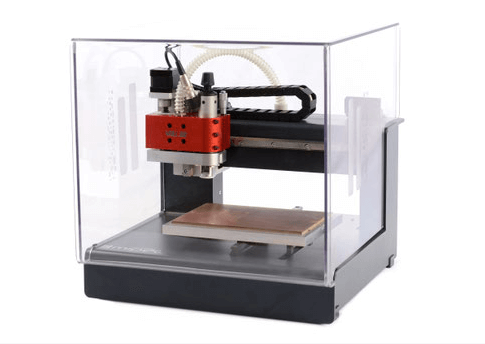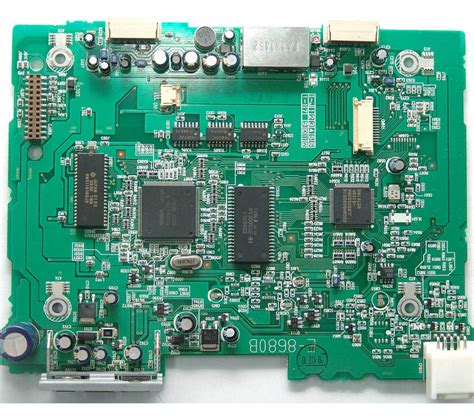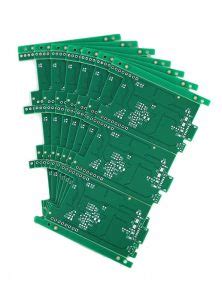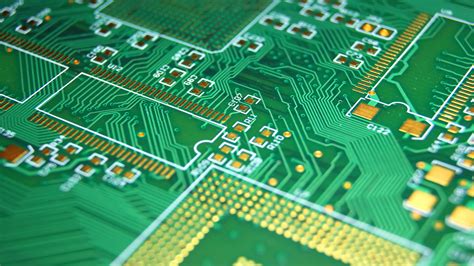PCB Fuses: Essential Components for Circuit Protection
Introduction
Printed Circuit Board (PCB) fuses are critical components in electronic design, providing essential protection against overcurrent conditions that could damage sensitive components or cause safety hazards. These small but vital devices are designed to interrupt excessive current flow, preventing potential fires, equipment damage, or electrical failures.
As electronics continue to evolve, PCB fuses have become more sophisticated, offering various types tailored to different applications, including automotive systems, consumer electronics, industrial machinery, and telecommunications. This article explores the fundamentals of PCB fuses, their types, working principles, selection criteria, and applications.
1. What Are PCB Fuses?
A PCB fuse is a protective device integrated into a circuit board to safeguard electronic components from excessive current. When the current exceeds a predetermined threshold, the fuse “blows” (melts or breaks), creating an open circuit and stopping the current flow.
Key Characteristics:
- Current Rating – The maximum current the fuse can handle without blowing.
- Voltage Rating – The maximum voltage the fuse can withstand.
- Breaking Capacity – The maximum fault current the fuse can interrupt safely.
- Response Time – How quickly the fuse reacts to overcurrent (fast-acting vs. slow-blow).
PCB fuses come in various form factors, including surface-mount (SMD) and through-hole configurations, making them suitable for different PCB layouts.
2. Types of PCB Fuses
2.1. Resettable Fuses (Polymeric PTC Fuses)
- Function: Automatically reset after the fault is removed.
- Material: Made of conductive polymers that increase resistance when overheated.
- Applications: USB ports, battery packs, and power supplies.
2.2. Non-Resettable Fuses (One-Time Fuses)
- Function: Must be replaced after blowing.
- Types:
- Glass Tube Fuses – Used in low-power applications.
- Ceramic Fuses – Handle higher currents and are more durable.
- SMD Fuses – Compact, designed for surface-mount PCBs.
2.3. Thermal Fuses
- Function: Blow due to excessive temperature rather than current.
- Applications: Power supplies, motors, and heating elements.
2.4. High-Voltage Fuses
- Function: Protect circuits in high-voltage environments (e.g., power distribution).
- Design: Often larger with robust insulation.
2.5. Fast-Acting vs. Slow-Blow Fuses
- Fast-Acting: React quickly to overcurrent (used in sensitive circuits).
- Slow-Blow (Time-Delay): Tolerate brief surges (e.g., motor startups).
3. How PCB Fuses Work
PCB fuses operate based on the principle of Joule heating. When excessive current flows through the fuse, the conductive element heats up and melts, breaking the circuit.
Operation Steps:
- Normal Operation: Current flows within the rated limit; the fuse remains intact.
- Overcurrent Condition: Excessive current generates heat.
- Fuse Activation: The fusible link melts, creating an open circuit.
- Circuit Protection: The flow of current stops, protecting downstream components.
Resettable fuses (PTC) work differently—they increase resistance when overheated and return to normal once cooled.

4. Selecting the Right PCB Fuse
Choosing the correct fuse involves several considerations:
4.1. Current Rating
- Should be slightly higher than the normal operating current.
4.2. Voltage Rating
- Must exceed the circuit’s maximum voltage.
4.3. Breaking Capacity
- Must handle the worst-case fault current.
4.4. Speed of Response
- Fast-acting for sensitive electronics, slow-blow for inductive loads.
4.5. Physical Size & Mounting Style
- SMD for compact designs, through-hole for high-power applications.
4.6. Environmental Factors
- Temperature, humidity, and vibration resistance may be required.
5. Applications of PCB Fuses
5.1. Consumer Electronics
- Smartphones, laptops, and TVs use SMD fuses for overcurrent protection.
5.2. Automotive Electronics
- Protect ECUs, infotainment systems, and battery management systems.
5.3. Industrial Control Systems
- Prevent damage to PLCs, motor drives, and power supplies.
5.4. Power Supplies & Converters
- Ensure safe operation by preventing short circuits.
5.5. Telecommunications
- Protect networking equipment from power surges.

6. Advantages and Limitations
Advantages:
✔ Prevent fire hazards and component damage.
✔ Available in various sizes and ratings.
✔ Cost-effective protection solution.
Limitations:
✖ Non-resettable fuses require replacement.
✖ Slow-blow fuses may not protect against fast transients.
7. Future Trends in PCB Fuse Technology
- Miniaturization: Smaller fuses for high-density PCBs.
- Smart Fuses: IoT-enabled fuses with self-monitoring capabilities.
- Enhanced Materials: Better thermal and electrical performance.
Conclusion
PCB fuses play a crucial role in modern electronics by preventing catastrophic failures due to overcurrent conditions. Engineers must carefully select the appropriate fuse type, rating, and response characteristics based on their circuit requirements. As technology advances, PCB fuses will continue to evolve, offering smarter and more efficient protection solutions for next-generation electronic devices.
By understanding the fundamentals of PCB fuses, designers can enhance circuit reliability, safety, and longevity—ensuring optimal performance in a wide range of applications.







